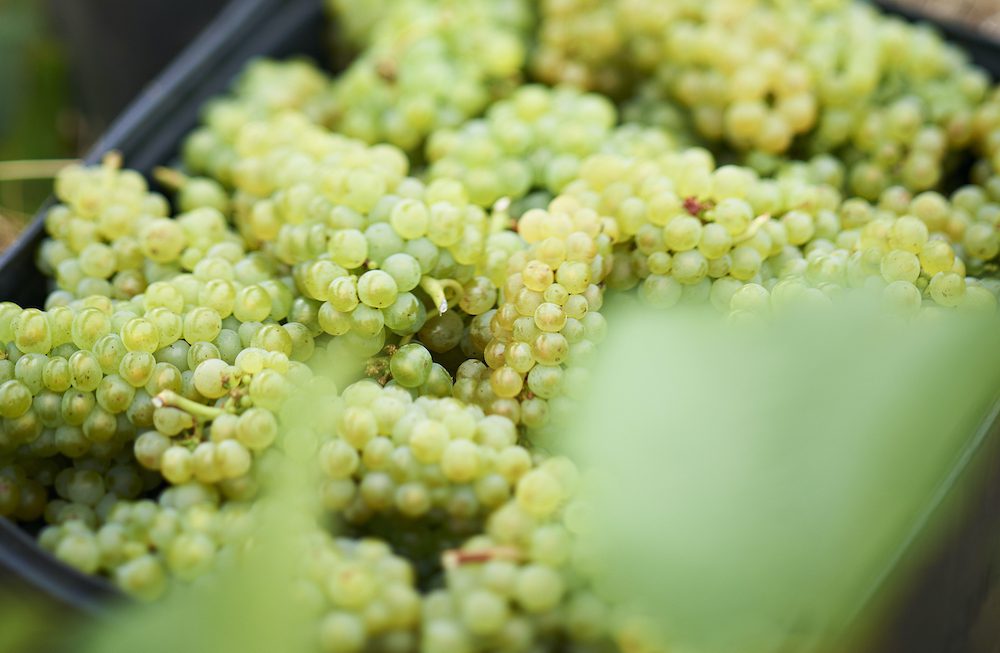
For many years, the origin of the popular Western Australian Chardonnay clone known as Gingin has been hotly debated. Now new genomic research by the Australian Wine Research Institute has solved the mystery.
A study recently published in the Australian Journal of Grape and Wine Research has used newly identified clonal markers to investigate the heritage of a specific Chardonnay clone for the first time.
Gingin is the most commonly planted clone of Chardonnay in Margaret River.
It is known both for its tendency to produce loose grape bunches with berries of different sizes and for making complex and elegant wines, but its history has been unclear.
Introduced into Western Australia in 1957 via University of California, Davis, Gingin was believed by some to be derived from the same source material as a clone known as Old Foundation Block (OF) Chardonnay, but was also commonly thought of as being the same as another clone with similar traits called Mendoza.
The new genomics research has revealed that all three clones have a shared heritage, in an old Californian source block at UC Davis. They are, however, quite distinct from each other. In particular, Gingin and Mendoza are as different from each other as they are from any of the other clonal selections of Chardonnay, despite their shared origins.
Discussing the recently published findings, AWRI Research Manager Dr Simon Schmidt said, “It has been very satisfying to apply our research on grapevine clonal markers in such a tangible way.
“Using this new science to address a longstanding industry question has been a great way to demonstrate the capabilities of whole genome sequencing.
“There is now huge potential to apply clonal marker mapping to other varieties – with Pinot Noir our next target, as part of support for Adelaide Hills vineyards damaged by the recent bushfires and requiring replanting with well characterised grapevines.”
This work has not only solved a decades-old mystery – it represents a significant leap forward for grapevine genomics and demonstrates that a great deal more is possible beyond simply confirming grape variety.
The panel of markers identified for Chardonnay will be useful for verification of planting material by nurseries and vineyard owners, for targeted importation of clones not currently available in Australia. The work also forms a foundation for identifying clonal markers in other grape varieties and potentially other crops.
Published paper associated with this research:
Roach, M.J., Borneman, A.R., Schmidt, S.A. 2020. Origin of Chardonnay clones with historical significance in Australia and California. Aust. J. Grape Wine Res.
Related content













Recent Comments